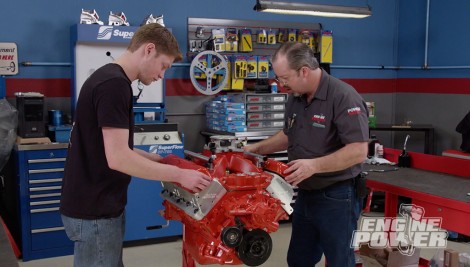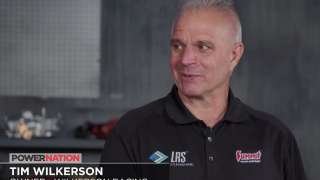Engine Power Featured Projects
Engine Power Builds
Want more content like this?
Join the PowerNation Email NewsletterParts Used In This Episode
ARP
ARP Fasteners
ARP
ARP Main Bolts
Edelbrock
Performer RPM 401 Cylinder Heads
Edelbrock
Pro Flow 4 Port Fuel Injection System
Matco Tools
MATCO Tools are the Official Tool Supplier to PowerNation
Sunnen Products Company
SV-15 Cylinder Hone
The Industrial Depot
Tools, Hardware, Shop Supplies











































